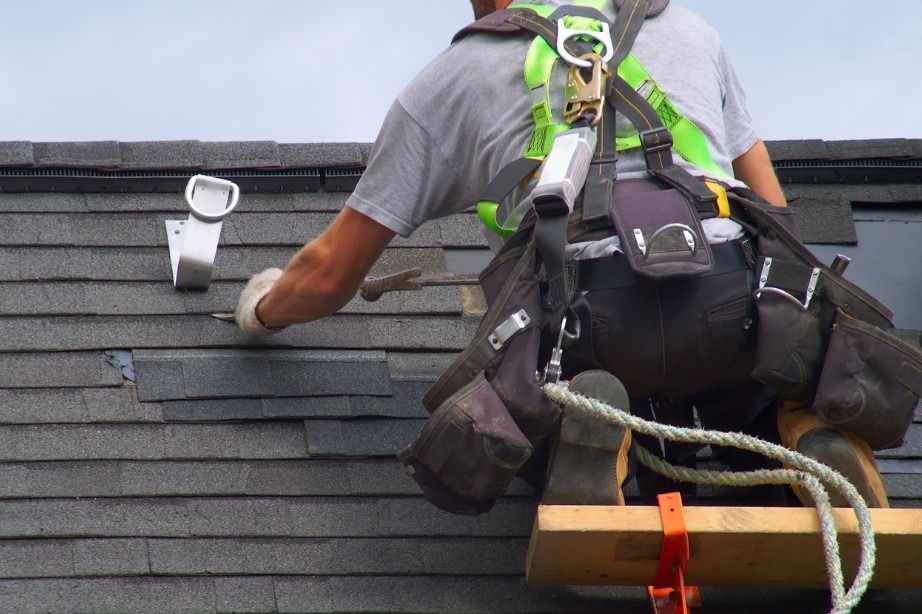Whether you have a newly built home or a well lived-in one, you need to protect its structure. One of the most important facets of this structure is the roof. Having to replace a roof costs as much as a car for some houses, even more for others. To keep this asset safe, preserve your roofing for as long as possible, and prevent high costs of replacement, consider the steps below.
Use Only Quality Materials for Your Roof
Although roof repair and renovation costs more than you would like, avoid the temptation to use cheap materials. Doing so can cost you more in the long run, mainly when you live in harsh winter climates. Have your contractor use only quality materials with a solid reputation in the industry. Otherwise, you face having to make repairs earlier than you should.
Hire the Right Professionals
Let qualified professionals repair or install your roof. Although this costs more than DIY, you enjoy more significant benefits and long-term cost savings by doing so. Most professionals offer a warranty on their materials and workmanship. They also save you an immense amount of time and stress.
Maintain Your Roof Regularly
After a new roof installation, you cannot ignore routine maintenance. At least a few times per year, have a roofer perform a quick inspection. If you notice any problems, fix them immediately. Also, keep your gutters free of debris. Water damage from a roof leak or backed-up gutters can necessitate costly repairs.
Keep Tree Branches Trimmed
Tree branches are among the biggest causes of roof and shingle damage. Large branches can break off in a storm and cause immediate impact damage. Smaller branches clog gutters or pile up on the roof and cause wear and tear over the long term.
Squirrels and other animals use overhanging or nearby branches as their superhighway onto your roof. Then they can invade your home, nest in its structures and cause long term damage, too. Keep tree branches trimmed to at least ten feet away from your home.
Routinely Visually Inspect Your Roof from the Ground
You should periodically walk around your home and visually inspect your roof from the ground up, which is especially important after a big storm or high winds. Look for signs of damage, missing shingles or problems with flashing. You should see no rotting or shedding of materials. These are telltale signs of rodent damage.
Remove Snow and Leaves As Soon As Possible
Letting snow, moss or leaves pile up on your roof quickly causes roofing damage. This natural debris traps moisture and leads to rapid decomposition. Your roof can even become a habitat for weed growth. Use a broom, snow shovel or rake to remove excess snow, moss and leaves regularly.
Look for Pooling Water on Your Roof
Flat roofs are notorious for water drainage problems, but any roof can pool water. This dangerous problem plagues older roofs and poorly designed ones. Pooled water does not evaporate quickly. It remains on the roof, enabling the moisture to damage shingles, decompose materials, grow mold and create leaks.
Watch for Signs of a Leaky Roof
Look for signs of a leaky roof and fix the damage immediately. These signs include:
- Algae or mold on shingles
- Buckling or curling shingles
- Damaged flashing
- Missing shingles
- Roof or ceiling water spots
Proper Roof Maintenance Protects Your Home
Routine maintenance is the best way to protect your roof. This maintenance does not have to disrupt your life. You only need to take several minutes a few times per year and after major storms to inspect your roof and care for it. But these minutes can save you thousands of dollars and preserve your roof for an extended lifetime.


